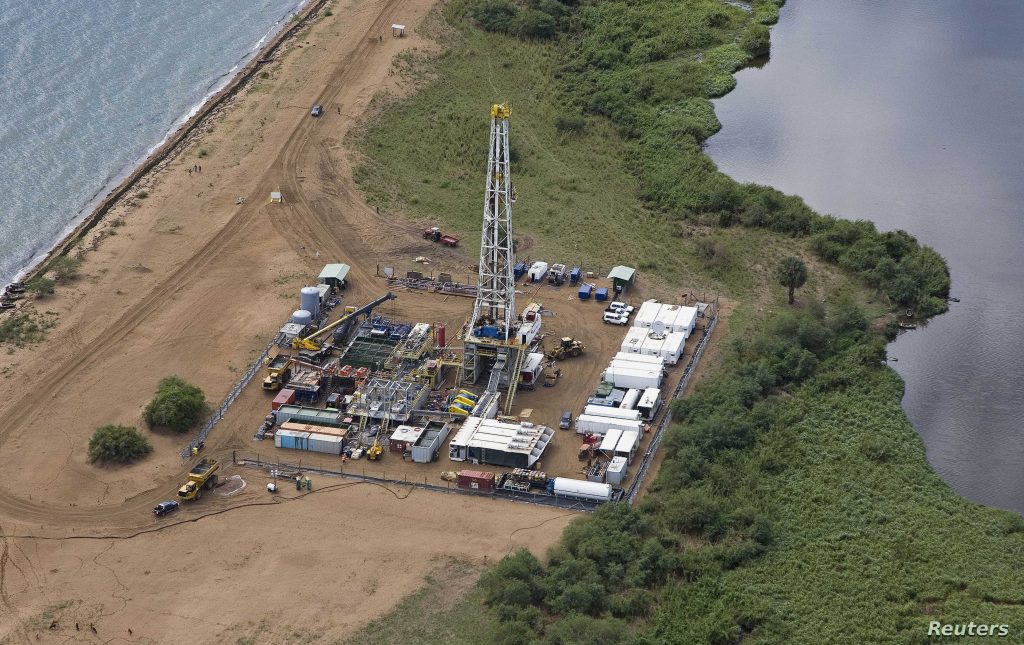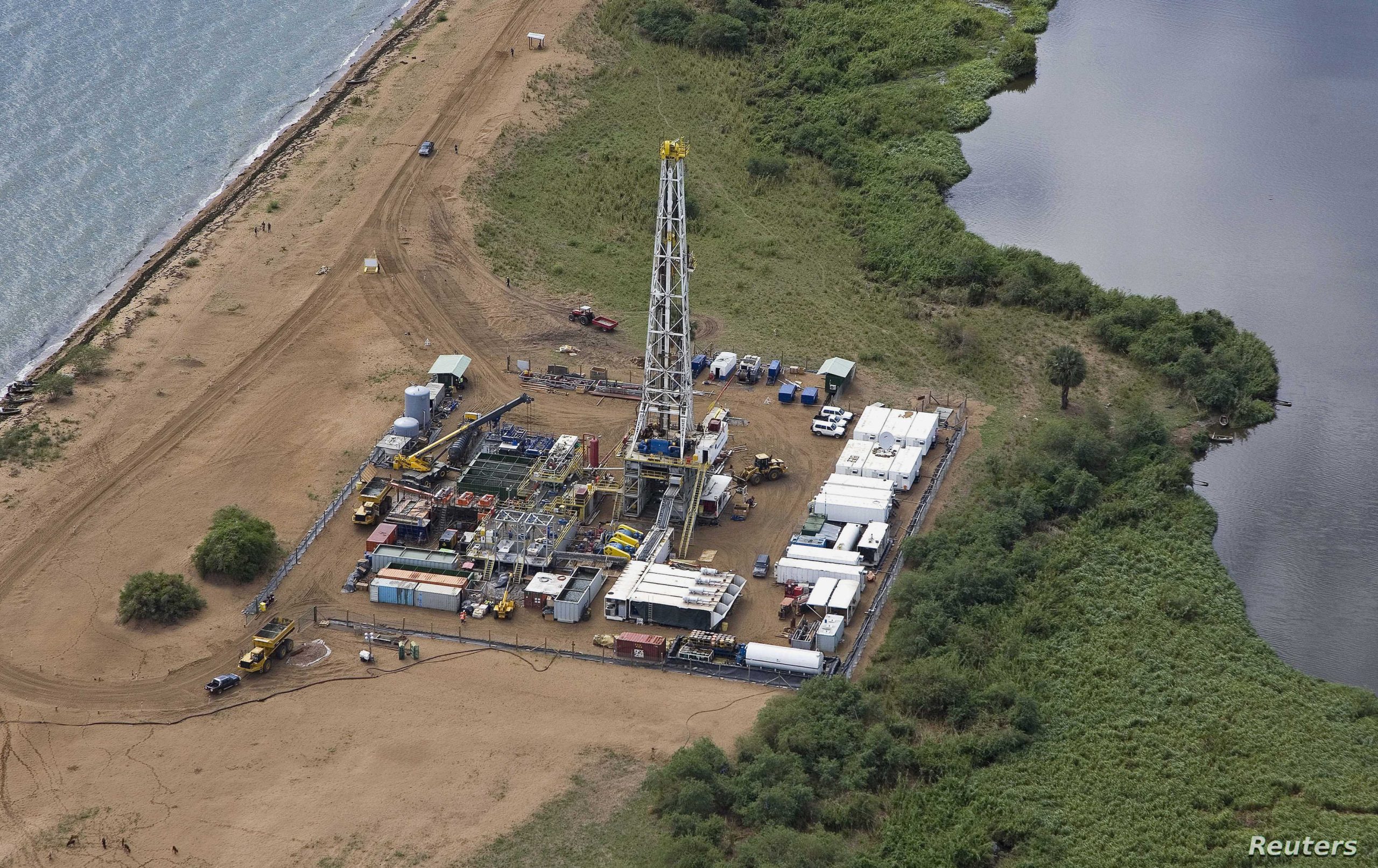In April 2018, Uganda entered into a Project Framework Agreement (PFA) with the Albertine Graben Refinery Consortium (AGRC) as the Lead Investor to develop the project.

As Uganda prepares to become an oil and gas producer, the main focus has been on developing the required local capacity and skills to work in the oil sector.
When Uganda discovered commercially viable oil resources in 2006, the sector largely depended on geologists.
Currently, the country has developed a pool of talents such as petroleum engineers, lawyers, and financial experts. The delay in taking the Final Investment Decision (FID) and a slowdown in activity have been looked at as an opportunity to ramp up local skills.
Skilled manpower
Recently statistics by the Petroleum Authority of Uganda (PAU), indicated that a total of 1,189 Ugandans had registered on the National Oil and Gas Talent Register (NOGTR).
The NOGTR is an electronic government information management system that is intended to capture the demand and supply of Ugandan manpower in the oil and gas sector.
The register was realised to increase participation of Ugandans in the industry, as it is required according to the local content policy. Betty Namubiru, the national content manager at PAU, explained that the registration system will enable the country to identify the skills needed.
“The system will help us know the kind of experts we have in the country for the oil and gas jobs,” Namubiru said.
Expected jobs
According to the energy ministry, about 190,000 estimated jobs will be created by the Oil and gas sector for Ugandans.
These estimates include the 160,000 which were projected by the 2013 Industrial Baseline Survey (IBS) and the 29,250 additional jobs under the Workforce Skills Development Strategy and Plan (WSDSP) of 2018.
About 60% of the projected jobs will go to artisans whereas 40% to graduates.
Critical projects
Front End Engineering Designs (FEED) for the fields in the Kingfisher Field Development Project and Tilenga Development Project were completed in December 2017 and May 2018 respectively.
FEED is an engineering design approach used to control project expenses and thoroughly plan a project before a fix bid quote is submitted. The Kingfisher Field Development involves the production of an estimated 40,000 barrels of oil per day. The Tilenga involves oil and gas developments in two districts of Buliisa and Nwoya.
According to Eng. Irene Muloni, the former Minister of Energy and Minerals Development, the FEED reports were submitted to Government and are under review prior to there approval. “The fields’ development plans within the project areas are to be further enhanced following the FEEDs before the Project Operators enter into the Final Investment Decisions (FIDs) for the development projects,” she said.
Muloni said these too are key for the signing of the Final Investment Decision.
Oil industrial Park
The development of the Kabaale Industrial Park (KIP) in Hoima district is underway. The park will be home to the oil refinery, petrochemical industries, and Hoima International Airport.
According to Muloni, the master plan for KIP was approved by the National Physical Planning board. The plan, she said, provides for the development of a refinery, free zone, airport, Petro-chemical, and energy-based industries. The industrial park will be managed by the Uganda National Oil Company (UNOC).
According to Muloni,“ UNOC is sourcing for a strategic partner to develop the park and also promote investment.” Hoima airport Much as the oil and gas activities have stalled, the construction of Hoima International Airport is underway.
The progress is good, with President Yoweri Museveni having landed at the airport recently during campaigns for the Hoima district woman MP seat. “The Hoima Airport and terminal master plan and detailed engineering designs for phase 1 were completed.
The construction of the first phase of the airport commenced and is expected to be completed by the fourth quarter of 2019,” Muloni explained. She said her ministry is in collaboration with the works and transport ministry alongside the Civil Society Authority to ensure the airport is ready by the target dates.
The energy ministry has revealed that Uganda’s second international airport will serve as an export route for local agro-products to international markets. Refinery development The oil refinery project is one of the fundamental infrastructures in the oil and gas developments.
The refinery, which will have a production capacity of 60,000 barrels of oil per day. The oil refinery will produce Liquefied Petroleum Gas (LPG), Petrol, Diesel, Jet Fuel, and Heavy Fuel Oil. It will also have room for petrochemical industries for plastics and fertilizers. In April 2018, Uganda entered into a Project Framework Agreement (PFA) with the Albertine Graben Refinery Consortium (AGRC) as the Lead Investor to develop the project.
The Project includes a 213km pipeline from Hoima to Buloba in Mpigi District. According to statistics, the project is expected to cost about $3.5b. As part of the developments, the Refinery Configuration Technical Feasibility (FEL-2) study was completed and the report has been approved by the Government.

